52 FAMILY-FRIENDLY EXPERIMENTS
FROM AROUND THE HOUSE
Liz Heinecke

2014 by Quarry Books
Text 2014 Liz Lee Heinecke
Photography 2014 Amber Procaccini Photography
First published in the United States of America in 2014 by
Quarry Books, a member of
Quarto Publishing Group USA Inc.
100 Cummings Center
Suite 406-L
Beverly, Massachusetts 01915-6101
Telephone: (978) 282-9590
Fax: (978) 283-2742
www.quarrybooks.com
All rights reserved. No part of this book may be reproduced in any form without written permission of the copyright owners. All images in this book have been reproduced with the knowledge and prior consent of the artists concerned, and no responsibility is accepted by the producer, publisher, or printer for any infringement of copyright or otherwise, arising from the contents of this publication. Every effort has been made to ensure that credits accurately comply with information supplied. We apologize for any inaccuracies that may have occurred and will resolve inaccurate or missing information in a subsequent reprinting of the book.
10 9 8 7 6 5 4 3 2 1
Digital edition published in 2014
Digital edition: 978-1-62788-040-4
Softcover edition: 978-1-59253-925-3
Library of Congress Cataloging-in-Publication Data
Heinecke, Liz Lee, author.
Kitchen science lab for kids : 52 family friendly experiments from around the house / Liz Lee
Heinecke.pages cm
ISBN 978-1-59253-925-3
1. Science--Experiments--Juvenile literature. I. Title.
Q175.2.H45 2014
507.8--dc23
2014004546
Design: Leigh Ring // www.ringartdesign.com
Photography: Amber Procaccini Photography // www.aprocacciniphoto.com
TO CHARLIE, MAY, AND SARAH
CONTENTS

INTRODUCTION

WHEN IT COMES TO INTRODUCING KIDS TO SCIENCE, THERES NO PLACE LIKE HOME.
The sparks of curiosity and creativity are first ignited in kitchens and backyards, and these are ideal venues for delving into the amazing world of science. Performing experiments in a familiar environment, without time limits or the pressure of grades, kids discover that science isnt hard or scary, and that they can find it everywhere they look. Best of all, there are a number of projects you can do with what you already have on hand.
When I was young, activities like playing Twenty Questions, collecting rocks, and catching frogs fueled my interest in the natural world, eventually leading me to study science and art. After ten years of bench work in research labs, I embarked on a new adventure: staying at home with three young children.
When my youngest was two, we added Science Wednesdays to the family calendar. Each week, the kids looked forward to trying a science project, taking a nature walk, or visiting a zoo or science museum. It was a fun way to change things up from the usual crayons and play dough.
Unfortunately, many of the experiments I found required specialized equipment, when the last thing I wanted to do was to drag three kids to the hardware store. Calling on my experience in research labs, I started customizing traditional science experiments, and making up a few new ones, with three goals in mind. The projects had to be safe enough for my youngest, engaging enough for my oldest, and would ideally use ingredients I already had around the house.
With our new collection of kitchen pantry experiments, we explored the amazing worlds of physics, chemistry, and biology together. My twoyearold would engage in the projects at the simplest level, often just playing with the ingredients, while my oldest would tackle the science with gusto to see what would happen.
Sunny days found us hunting caterpillars and making smores in pizza box solar ovens, while cold and rainy days were livened up by bubbling, color-changing concoctions. We did experiments with yeast and made pizza dough to see how microbiology is used in food preparation. Our backyard became a physics lab for throwing eggs and shooting marshmallows. Litmus paper collages and alum crystal geodes adorned the house as we found beautiful ways to combine science and art.
Our first science journals are now treasured keepsakes, filled with scribbles, illustrations, dates, and awkwardly penned words like surface tension. The crayon drawings of butterflies, volcanoes, and tie-dye milk are priceless.
To this day, my kids come running when I suggest trying a new or favorite science experiment. I hope yours will too.

OVERVIEW

Theres a treasure trove of science experiments hiding in your refrigerator, pantry, and junk drawer. This book will introduce you to 52 fun, educational projects for your family to explore, using things you may already have on hand.
In spring, you might be inspired to study biology by planting a window garden. On snowy winter days, its fun to try the ice cube experiment to see why plows sprinkle salt on icy roads. Or maybe you have a box of cornstarch on hand and want to keep it simple, by adding water to make a non-Newtonian fluid thats loads of fun to play with.
Each experiment contains an easy-to-understand explanation of the science behind the project to introduce you to the vocabulary and ideas youre exploring.
The labs are set up to make science as easy as following a recipe with sections detailing:
 Materials
Materials
 Safety Tips and Hints
Safety Tips and Hints
 Protocol (instructions)
Protocol (instructions)
 The Science Behind the Fun
The Science Behind the Fun
 Creative Enrichment
Creative Enrichment
The MATERIALS section lists all the ingredients youll need to conduct each experiment. SAFETY TIPS AND HINTS will give you some common-sense guidelines for doing the experiments. PROTOCOL is a scientific word for instructions, and each protocol will take you step-by-step through the basics of the experiment. THE SCIENCE BEHIND THE FUN offers simple scientific explanations for each experiment and CREATIVE ENRICHMENT will give you variations or ideas for taking the project a step or two further. Hopefully, youll be inspired to come up with some additional ideas of your own.


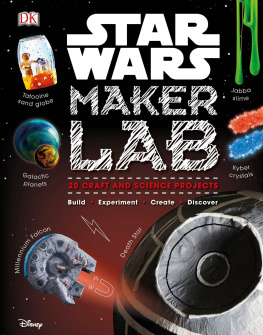
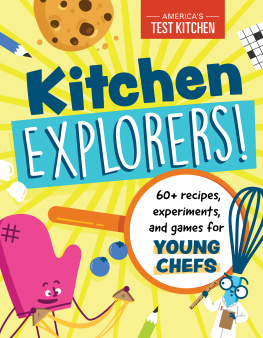
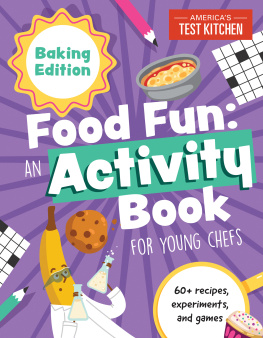
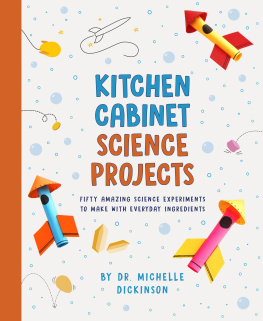


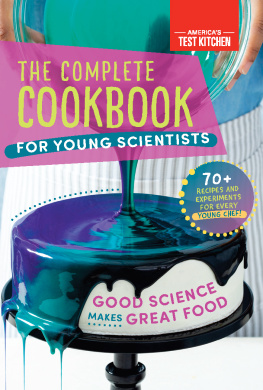


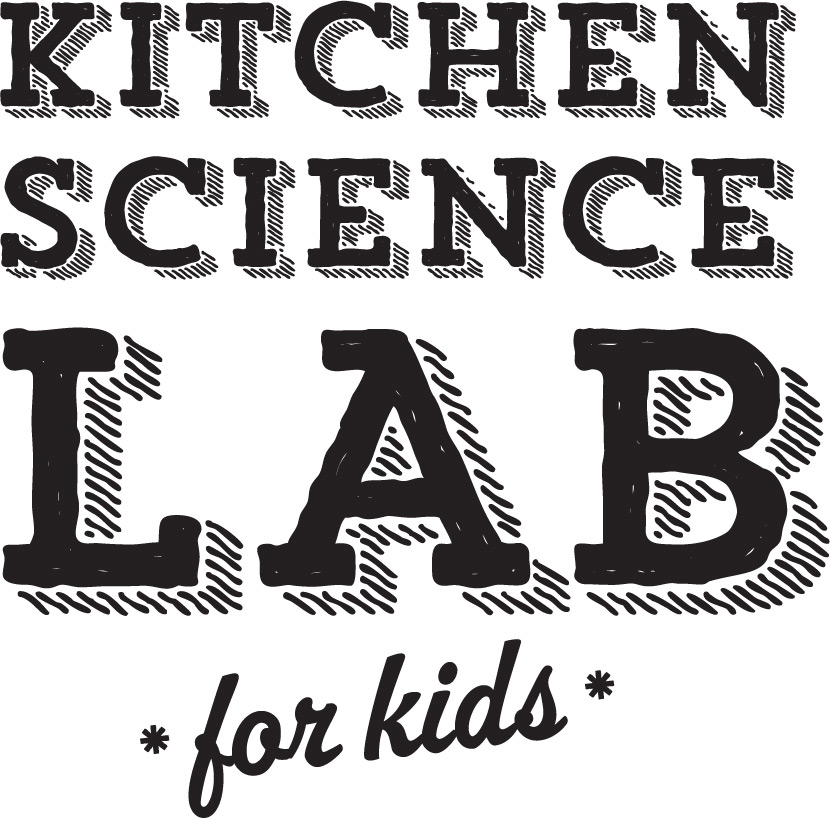



 Materials
Materials